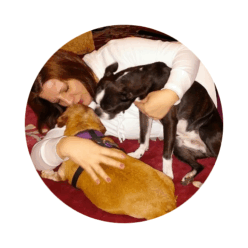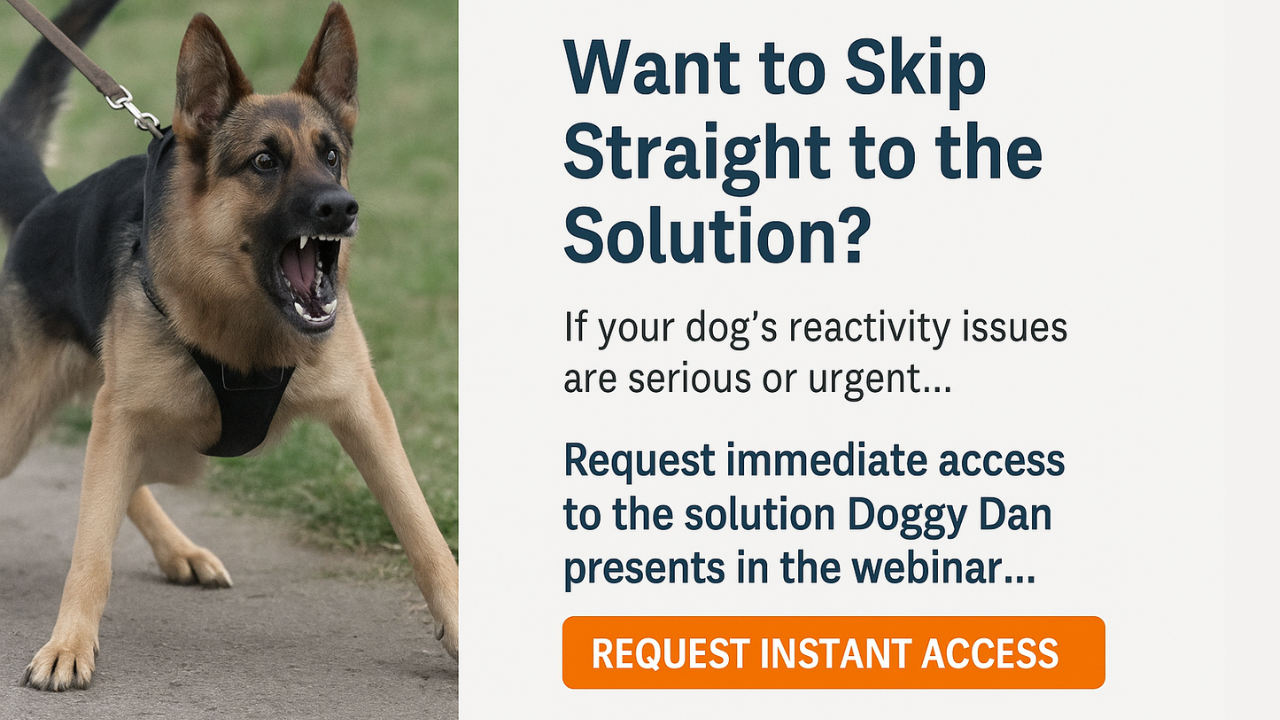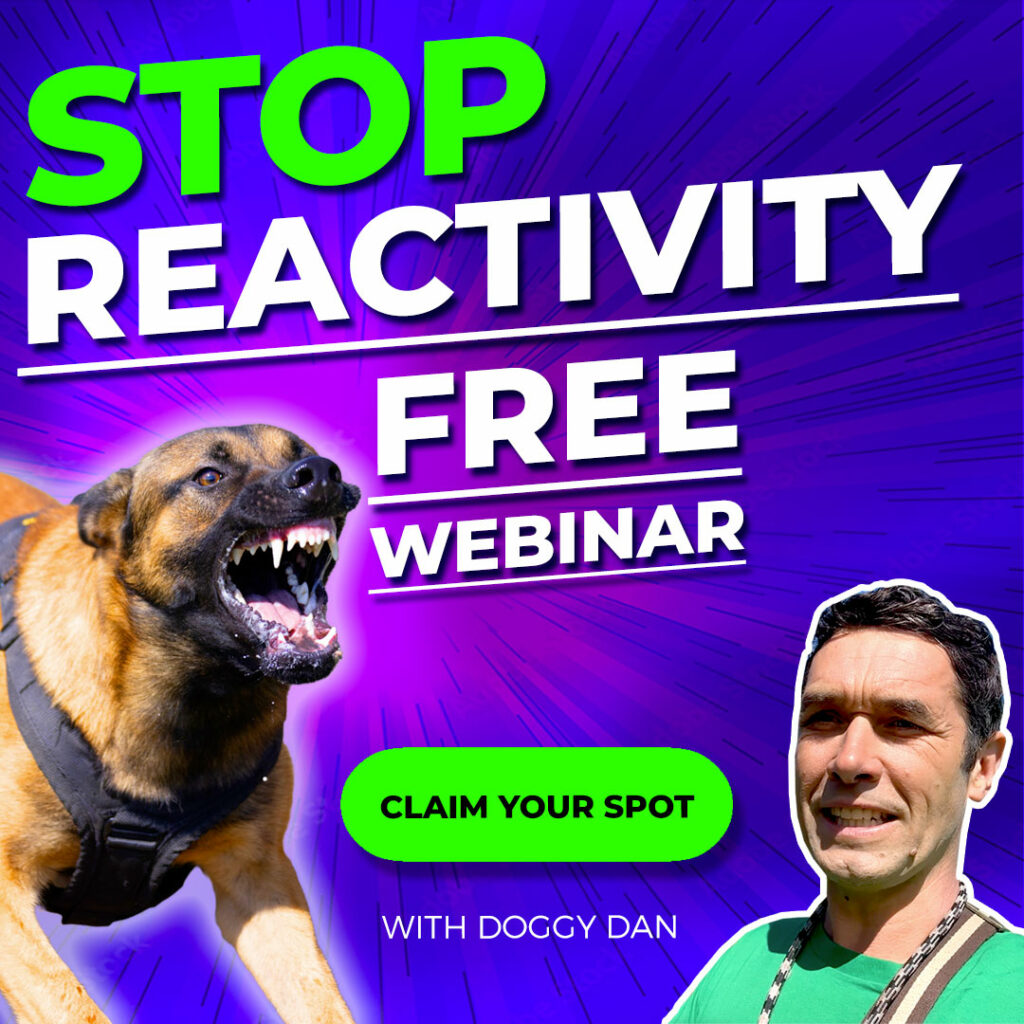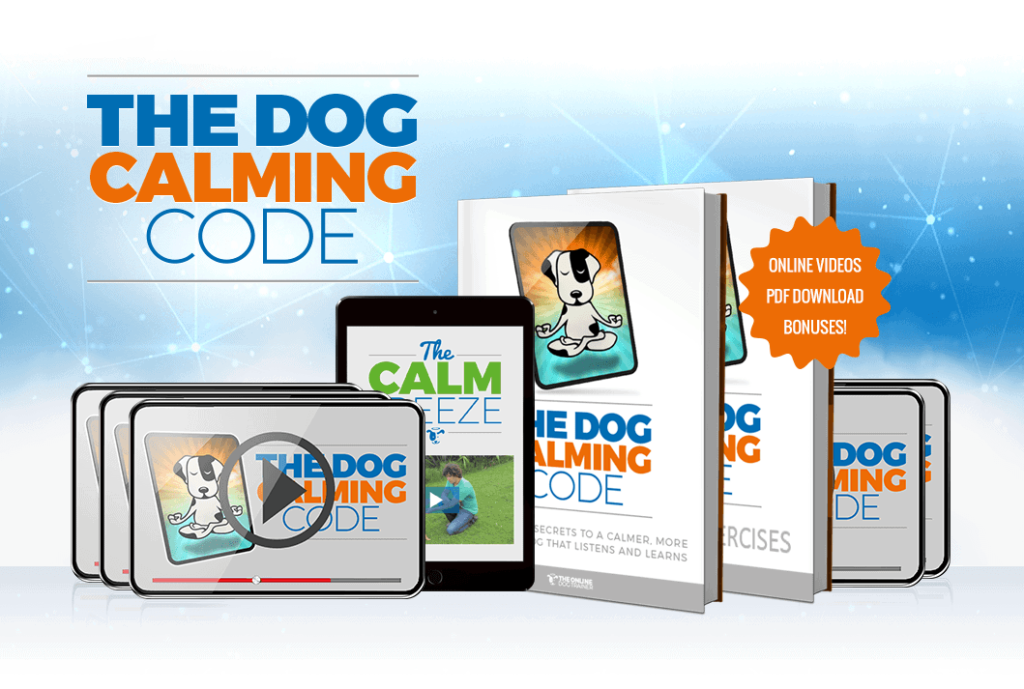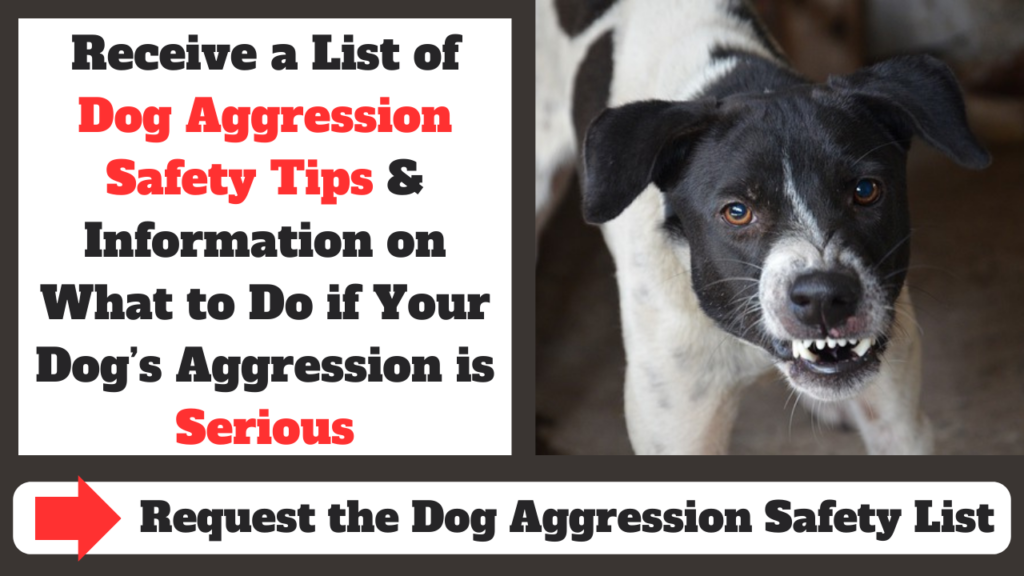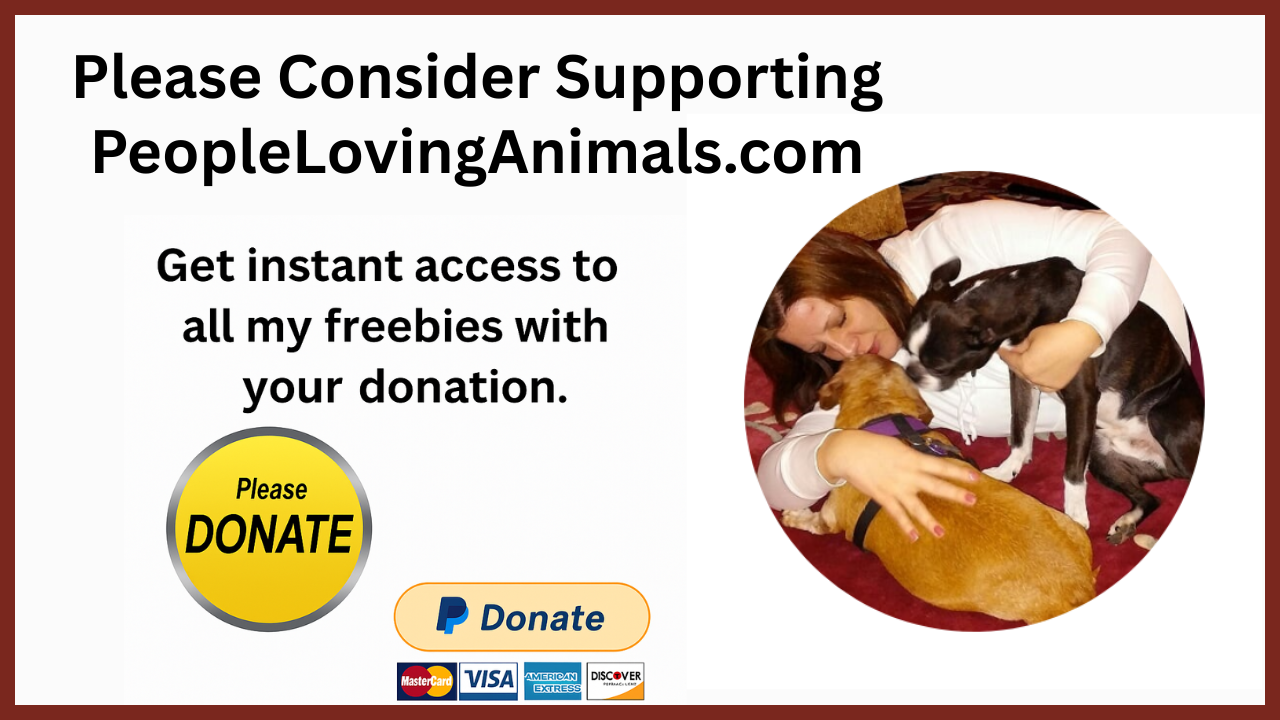Are dog reactivity and dog aggression the same thing? Not quite. While they might look similar, they come from different mindsets. Reactivity is often a misplaced excitement or anxiety. Aggression, though, is like a more serious warning sign.
👉 Fast Fix for This Problem: The Dog Calming Code
In this post, we’ll cover:
Are Dog Reactivity and Dog Aggression the Same Thing?
How to Tell if Your Dog is Aggressive or Reactive
Understanding Your Dog’s Body Language
At What Point is a Dog Considered Aggressive?
How to Stop Dog Reactivity
How to Stop Dog Aggression
What to Do if Your Dog’s Aggression is Serious
This post contains affiliate links. If you make a purchase, I’ll earn a commission (at no extra cost to you). As an Amazon Associate, I earn from qualifying purchases. I donate 10% of my earnings to animal charities.
Are Dog Reactivity and Dog Aggression the Same Thing?
Dog reactivity often springs from things that catch your pup off guard. Maybe it’s a sudden loud noise or a new dog in the neighborhood. Your dog might jump, bark, or even pull on the leash. These are your classic reactivity signals. It’s a reaction to stimuli that feels unexpected or threatening.
Aggression takes things up a notch. Imagine a dog that perceives a threat or wants to assert dominance. Signs of aggression could be baring teeth, a low growl, or lunging. Aggression hints at an intent to protect, control, or ward off. For more details, read my post, What is Dog Aggression?
Knowing these cues helps us guide our dogs more effectively and ensures everyone’s safety. It’s always about understanding what drives these actions, so we can find the best ways to address them.
How to Tell if Your Dog is Aggressive or Reactive
Spotting the difference between a reactive and aggressive dog can sometimes feel tricky, but a little attention goes a long way. Reactive dogs often act out because something’s new or overwhelming. They might bark up a storm when another dog strolls by or show other signs of sudden stress. It’s more about the situation than the intention behind it.
Aggression, on the other hand, carries a bit more weight. An aggressive dog may growl or snap even in familiar places or with known people if they feel their turf’s being threatened. It’s crucial to recognize these signs early to nip potential issues in the bud.
To learn more about how to recognize dog aggression, read my post called, Aggressive Dog Behavior. That post covers 6 types of dog aggression.
Understanding Your Dog’s Body Language
Noticing your dog’s body language speaks volumes. A reactive dog might show wide eyes or a wagging tail that doesn’t match his vocal objections, while an aggressive dog might display stiff posture or a tightly closed mouth alongside his grumble.
Paying close attention to these clues can help you respond appropriately. To learn more about how to read your dog’s body language, read my post, Reading Dog Body Language (includes video).
Taking the time to observe and understand the nuances of your dog’s behavior can prevent small issues from ballooning into bigger ones.
At What Point is a Dog Considered Aggressive?
Can a dog be reactive, but not aggressive? Knowing when your dog crosses the line from reactive to aggressive is vital for everyone’s safety. An aggressive dog isn’t just reactive; they’re acting with an intent to intimidate or protect, and that requires swift management.
Recognizing the escalation can help you address it right away. If you’re convinced your dog is showing aggression, not just reactivity, watch my video about super effective dog training for aggressive dogs. We’ll talk more about effective training for dog aggression a little later in this post.
How to Stop Dog Reactivity
Stopping dog reactivity is about understanding and patience. It’s about intercepting responses before they turn into habits. Leash training exercises and positive reinforcement go a long way. Imagine building a checklist of calm responses for your pup. With consistent practice, a reactive dog can learn to focus on you instead of external triggers.
Definitely take advantage of Professional Dog Trainer and Behavioral Specialist, Doggy Dan’s free webinar about solving dog reactivity. You can read moree about it in my post, Understanding and Solving Dog Reactivity, or go right to the webinar here?
Socializing your dog is one powerful tool in curbing both reactivity and aggression. Introduce your furry friend to diverse settings and all kinds of folks and animals, bit by bit. This exposure sets the stage for more adaptable behavior.
Always remember to set a good example for your dog. If you’re calm and relaxed, they’ll be more likely to follow suit. If you’re a nervous wreck, that will only convince them their exaggerated reaction is warranted. Watch Doggy Dan’s free webinar to learn why this is super important.
Make a safer environment by keeping spaces predictable and secure. If your dog tends to go nuts at the doorbell, work on desensitizing them to that sound. Small changes add up big time in reducing triggers. And, at least until your get your dog’s behavior under control, don’t put your dog in situations you know trigger them.
A solid bond with your pooch establishes trust, which in turn can help mitigate aggressive tendencies. Engage in regular playtime, training, and just being together to show your dog they matter — beyond any reactive or aggressive moments.
Check out my post, Dog Training for Reactive Dogs (which talks more about “the dog calming code” described in the webinar.
More Information About Dog Reactivity
How to Stop Dog Aggression
For aggression management, consider professional help when needed. Trainers can introduce specialized techniques and offer guidance uniquely tailored to your dog’s needs. It’s okay to seek help, and often it’s the best way to bring positive change for both you and your pup.
I highly recommend a 5-step dog training program called, The Dog Calming Code, created by Professional Dog Trainer and Behavior Specialist, Doggy Dan, specifically for dog aggression. You can read more about it in my post, Training to Stop Dog Aggression, or check it out directly here:
What to Do if Your Dog’s Aggression is Serious
If you feel your dog’s reactivity or aggressive behavior is serious, read my post, Help with Dog Aggression. Also sign up below for a list of safety tips for serious dog aggression:
I Hope This Helped!
Thank you for visiting my website. I hope the information provided in this posts helps you determine whether your dog is reactive or aggressive, and learn exactly how to get it under control with Doggy Dan’s help.
For more information, read this article from the American Kennel Club (AKC), Reactivity vs Aggression.
You should I receive a commission for many of the products I talk about in my posts. I donate 10% of my profits to the animal charities shown here. Please share my site with other pet lovers! Thanks so much. Debra
